|
Cold War Warriors Spies like us? Military Intelligence in Germany in the 1960s
Major Ted Streeter, USA Ret
The word "spy" will to most people conjure up images of James Bond – fast cars, faster women, exotic locations, and martinis. But, as a veteran of many years in the HUMINT (human intelligence) business, both military and civilian, I'm here to attest that those images (aside from the martinis) have no relation to real life HUMINT. In fact,
while occasionally sprinkled with major cases, i.e., Oleg Penkovsky, Johnny Walker, etc., the Cold War contest between the intelligence services of the east and west was overwhelmingly low key and unexciting. But, that's not to say it was total drudgery. Occasionally, we would become involved in situations that James Bond never would have dreamed of.
One such incident occurred in the mid-1960s. While in the Army, I was assigned to an intelligence unit located in Kaiserslautern, a mid-sized city in the German Federal Republic (GFR). I was documented as a civilian, given a German-American name (which I don't recall, other than it was really stupid), and because of my linguistic abilities,
was assigned to live in a company "safe house". For those not familiar with the term, a "safe house" is an apartment or house in which company agents can clandestinely meet with various sources on neutral ground. There are certain requirements for such a location. It must be innocuous in all respects, appearing to be a normal residence occupied by an average person. In my
case, I was supposedly a civilian working at a nearby air base. Most importantly, it must have a relatively secluded entrance – off the street if possible, and shielded from other entrances, if an apartment.
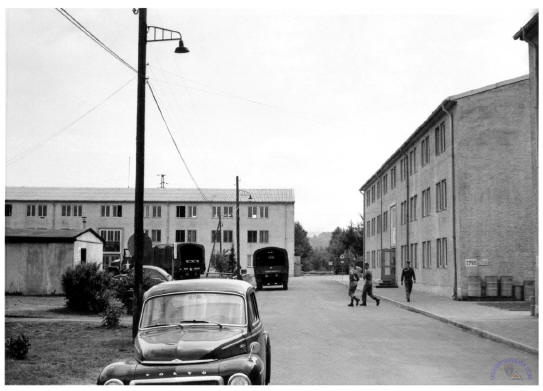
The 'safe house,' where company agents clandestinely
met with various sources on neutral ground
I didn't rent the apartment, but whomever did totally neglected the last requirement. My place was on the second floor of an old building. The street entrance was fairly out of the way, but once inside I had to climb the stairs to the second floor, at which there was a "T" intersection. My apartment was on the right, but directly across the
hall was that of the German landlord and his family, all of whom were excessively nosy. Whenever anything appeared unusual to them, they became extremely observant. Fortunately, most of our source meetings took place at night when they appeared to be less attentive to our activities.
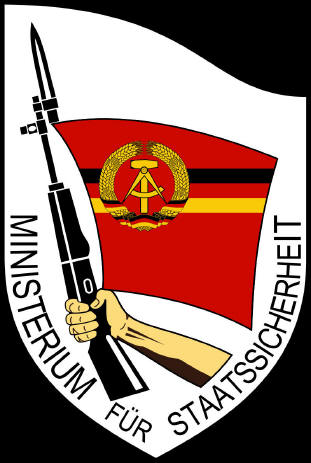 However, one day a young woman, whom I shall call "Ursula" (I don't remember her name) showed up at our unit seeking asylum. Ursula claimed that that she was being pursued by the "Stasi" (Staats Sicherheitsdienst – the East German interior security service), which intended to do her bodily harm
because of her activities in Berlin. She explained that she had been part of an effort by West Berlin youths to smuggle young East Berliners across Checkpoint Charlie to freedom in the west. Her group did this by smuggling US Army uniforms into East Berlin, dressing young men in them (after cutting their hair) and then escorting them through Checkpoint Charlie from East to
West Berlin, reminding them to remain silent. Because US Army personnel in uniform were not required to show papers, the system worked quite well until, somehow, the East German authorities became aware of the scheme, at which point the band of smugglers quickly disbanded and fled in different directions. However, one day a young woman, whom I shall call "Ursula" (I don't remember her name) showed up at our unit seeking asylum. Ursula claimed that that she was being pursued by the "Stasi" (Staats Sicherheitsdienst – the East German interior security service), which intended to do her bodily harm
because of her activities in Berlin. She explained that she had been part of an effort by West Berlin youths to smuggle young East Berliners across Checkpoint Charlie to freedom in the west. Her group did this by smuggling US Army uniforms into East Berlin, dressing young men in them (after cutting their hair) and then escorting them through Checkpoint Charlie from East to
West Berlin, reminding them to remain silent. Because US Army personnel in uniform were not required to show papers, the system worked quite well until, somehow, the East German authorities became aware of the scheme, at which point the band of smugglers quickly disbanded and fled in different directions.
Wait a minute! Time out! I just read what I wrote and suddenly realized how old I am. The events I'm describing took place 50 years ago. The Berlin Wall and Checkpoint Charlie disappeared in 1989, over a generation ago. Some readers will view the Cold War as ancient history, with no idea what the wall and Charlie were. So let me spend a few
words discussing the background events from which Ursula and her friends emerged.
Following the defeat of the Nazis in May, 1945, Germany was divided into four occupation zones, one each for the Americans, British, French and Russians. The former three got generally the western part of the nation and the Russians about a quarter of Germany in the east. Berlin lay in the Russian zone, an island completely surrounded by
Soviet forces. It was also divided among the four powers in the same manner as the nation. Access to the city by the western powers was either by air or along rail or road corridors specifically designated by the Russians. At some point, I believe 1946, the Soviets attempted to force the western powers out of Berlin by denying ground access to the city, an act that resulted
in the Berlin Airlift. After six or so months of supplying all the needs of the city, from food to fuel, by air, the Soviets relented and the corridors were once again opened. But the episode revealed the vulnerabilities of Berlin. Should the Soviets have ever attacked, the Berlin Brigade (our troops in the city) would stand no chance of survival.
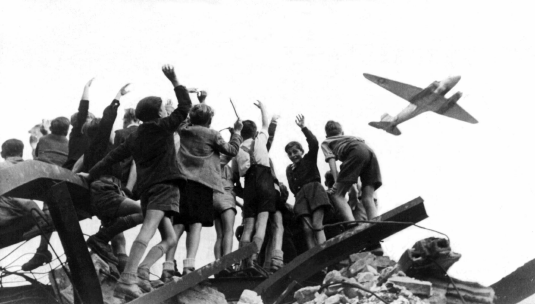
Berlin Airlift - Templehof Airport in 1948. West
German lifeline during the Soviet Berlin blockade.
With the implementation of the Marshall Plan, the western part of Berlin began to rebuild, and was in short order again modern, bustling, and prosperous. East Berlin, however, under Communist rule, continued to languish, not only physically, but in terms of politics, information and personal freedoms. The media and press were under control of
the government. There was one political party, government of course. The Stasi coerced, bribed, threatened and otherwise forced neighbors and friends into being informants, so that a person dare not criticize state or party without fear of being reported. Ursula told me a story to serve as an example.
One of her friends was waiting for a bus outside the East Berlin Hauptbahnhof (train station) when another man joined him. The two struck up a conversation and, being an indiscreet youth, Ursula's friend asked if the other man had heard the latest joke. He hadn't, he said. The youth then asked, "What's the difference between Walter Ullbricht
(then the leader of East Germany) and a jackass?" "I don't know", replied the man. "There's no difference", the youth stated. (You have to understand German humor). They both laughed, and then the man said, "Now, I've got one for you. What's the difference between the Hauptbahnhof and you?" "I don't know", the youth answered. "The difference", the man stated, "is that the
Hauptbahnhof is staying here, and you're coming with me." At that point he produced a badge and arrested Ursula's friend for criticizing the state.
It didn't take long for the differences between East and West to become apparent to all concerned. East Germans began to flee the political and economic repression of the East by crossing through East Berlin into West Berlin and then into the German Federal Republic. By 1961, the exodus from East Germany became a hemorrhage, causing great
embarrassment to Communist authorities. So, ostensibly to protect the purity of Communism from contamination by imperial capitalism, East German authorities erected a 60 mile long, about 15 feet tall, concrete slab wall completely surrounding West Berlin. The infamous " Berlin Wall ". On the eastern side of the wall was a "no man's land", consisting of mines, barbed wire,
dogs and watch towers, all designed to prevent escape. Many an East German died attempting to do so.
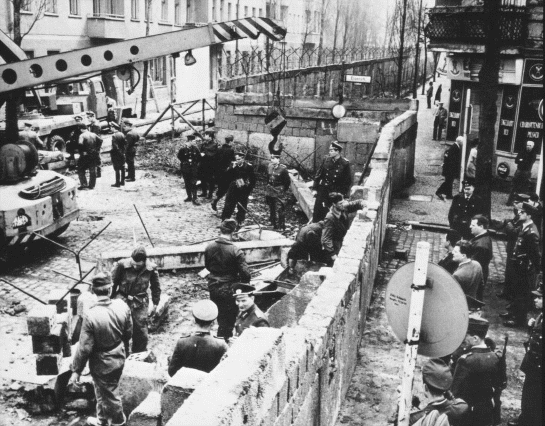
Berlin Wall - The beginning - construction in August 1959
Along the wall to permit passage between east and west were gaps, known as checkpoints. The most famous was Checkpoint Charlie, located in downtown Berlin. American US Army Military Police were stationed on the western side of the checkpoint with East German police on their side. About 100 yards separated the two. I doubt that may who made
that crossing will ever forget it. And, it was through Checkpoint Charlie that Ursula and her friends escorted their charges. So, with that in mind, back to the story.
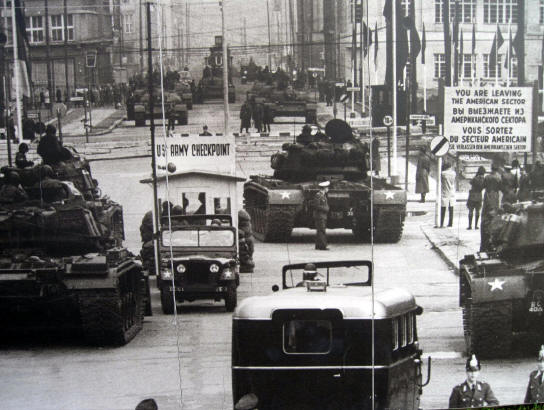
Berlin's 'Checkpoint Charlie' in the 1960s - A place of confrontation and drama
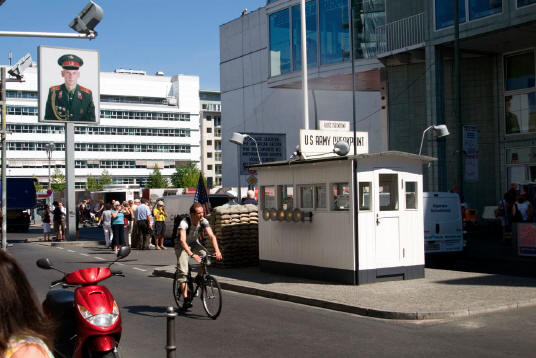
Berlin's 'Checkpoint Charlie' today
The decision was made to place Ursula in my safe house to protect her and to conduct further debriefings. So, she took up residence in my sole bedroom and I was consigned to the couch. For the following couple of weeks, various people from differing agencies would show up to ask Ursula questions on points of interest to them. The
difference was that, due to Ursula's availability, most of the inquiring agents came during the day, rather than at night as had been the practice with other sources.
It didn't take long for the increase and timing of the visits to attract the attention of my landlord. So, one afternoon as I was entering my apartment, he came bursting out of his to confront me. "You have a woman in your apartment!", he said. "Yes." "What is she doing in there?" I was caught completely off guard, so responded as best I
could. "She's my fiancé. We're going to get married." At this response, the landlord could have only concluded that I was lying, delusional or insane. Ursula was a nice girl, but she was built like a fireplug, although not quite as pretty. "What are all those men doing coming and going from your apartment all day long?" Again, a hip shot response. "They're all my friends,
coming to wish us good luck in our marriage." "Nonsense", he replied, "You're running a whorehouse, and those are all your customers! I want you out immediately!"
So, what are you going to do? I got kicked out of my apartment. Ursula was relocated, I don't recall where, and I was tasked with finding a new safe house. Believe me, it had a secluded entrance.
Eat your heart out, James Bond!
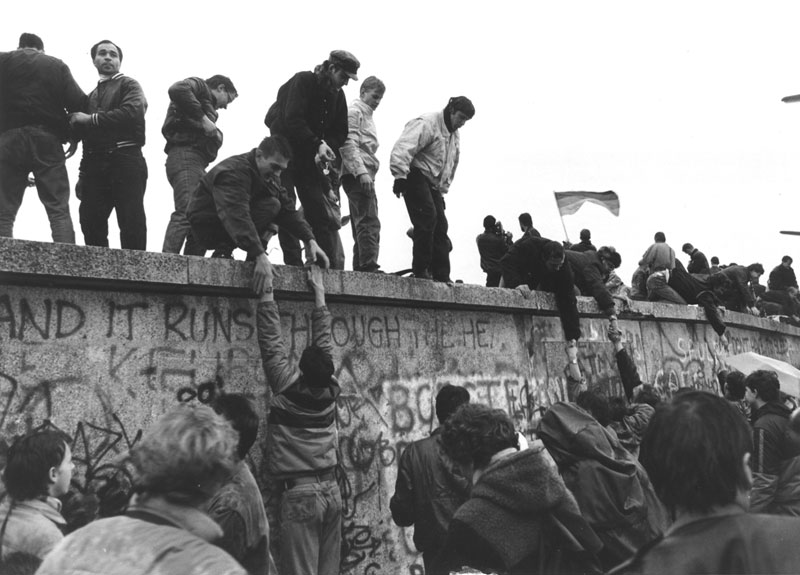
The Fall of the Berlin Wall
Ted Streeter is a retired U.S. Army Major with 22 years service and an additional 13 years service with the federal government, all in the field of intelligence and national security. He retired from the Gettysburg Borough Council on December 31, 2011, after 14 years service: seven as Council President.
Read other articles by Major Ted Streeter
Read other Cold War Warrior
Articles
|